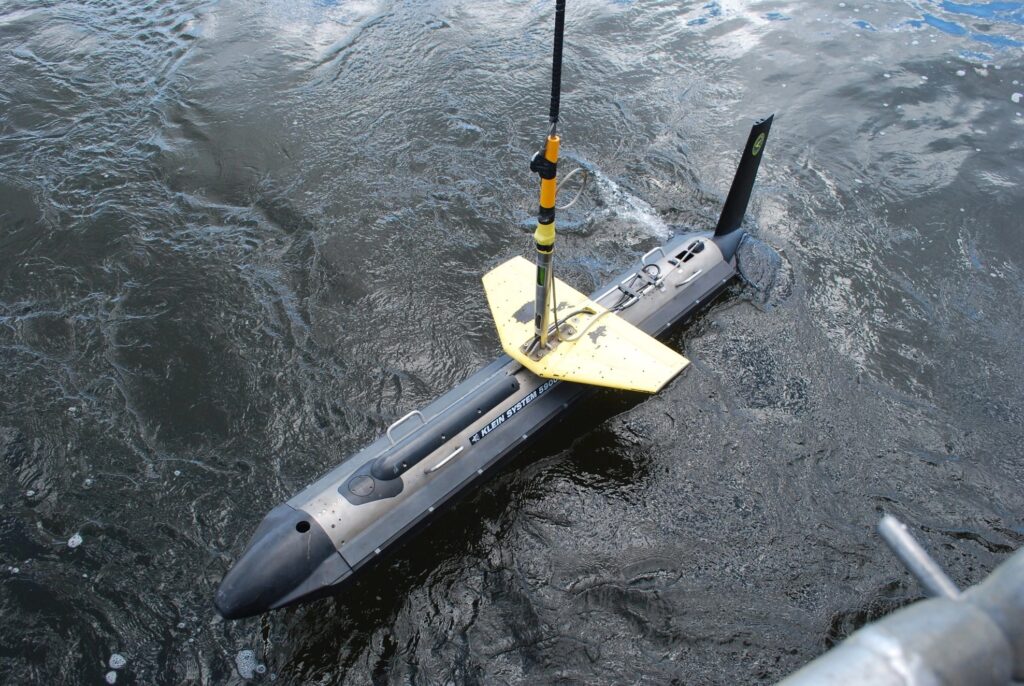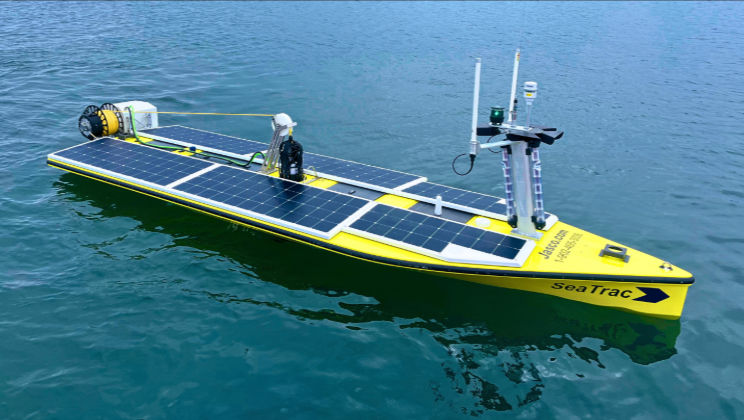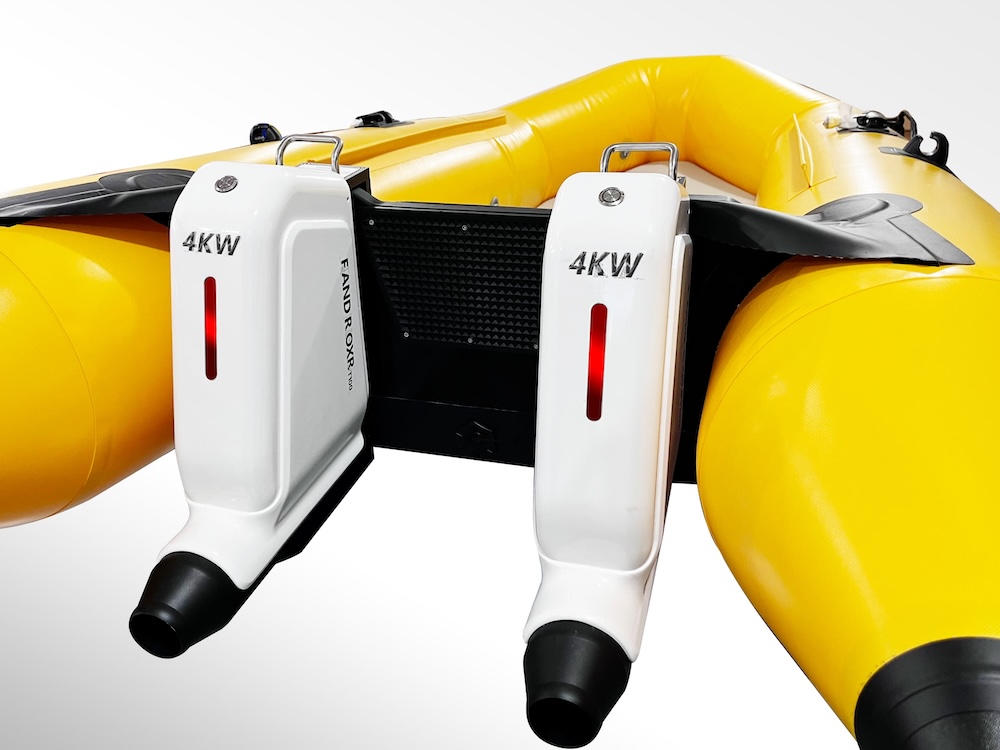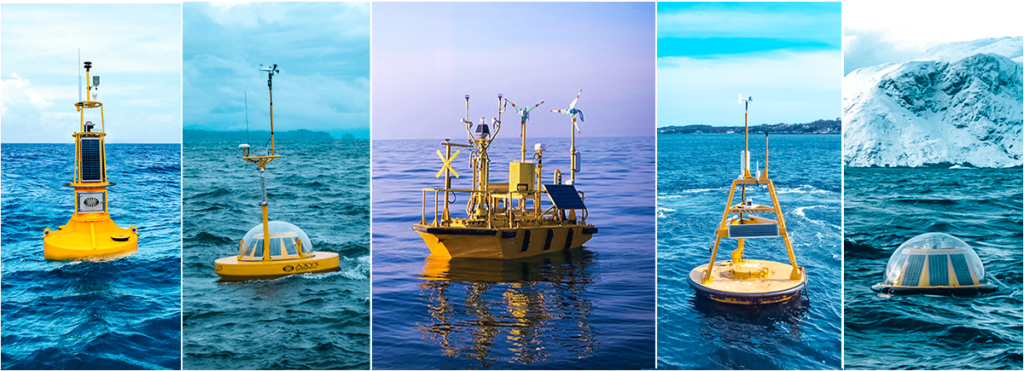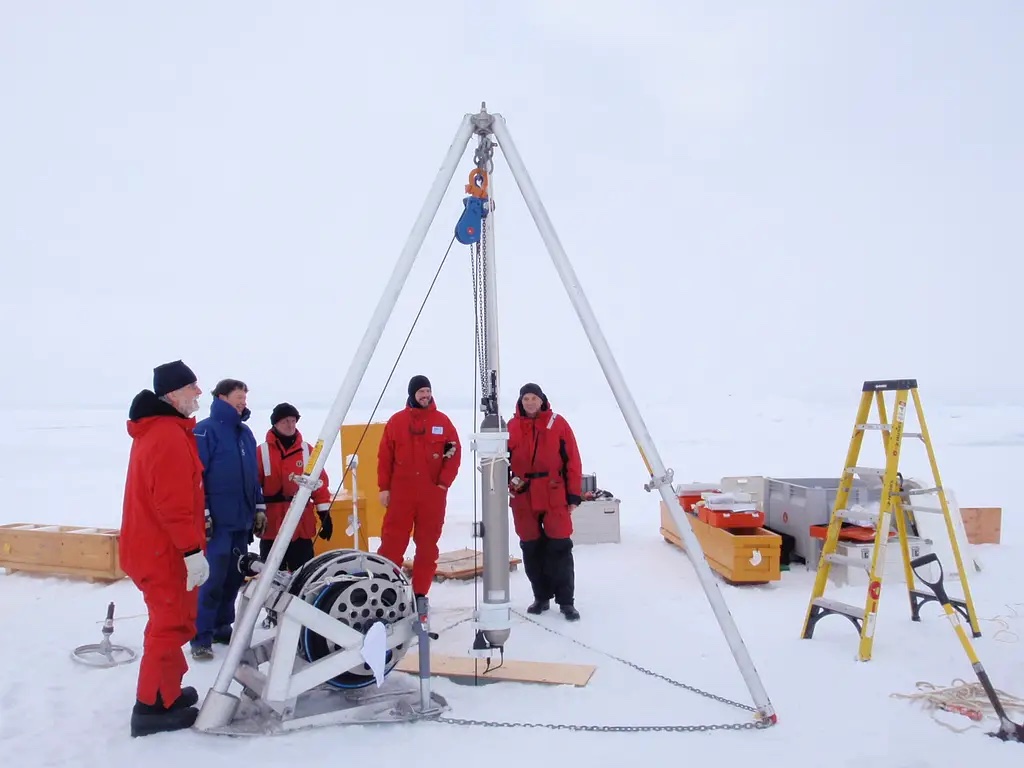
Connect with Leading Marine Technology Innovators
Discover cutting-edge solutions from leading global suppliers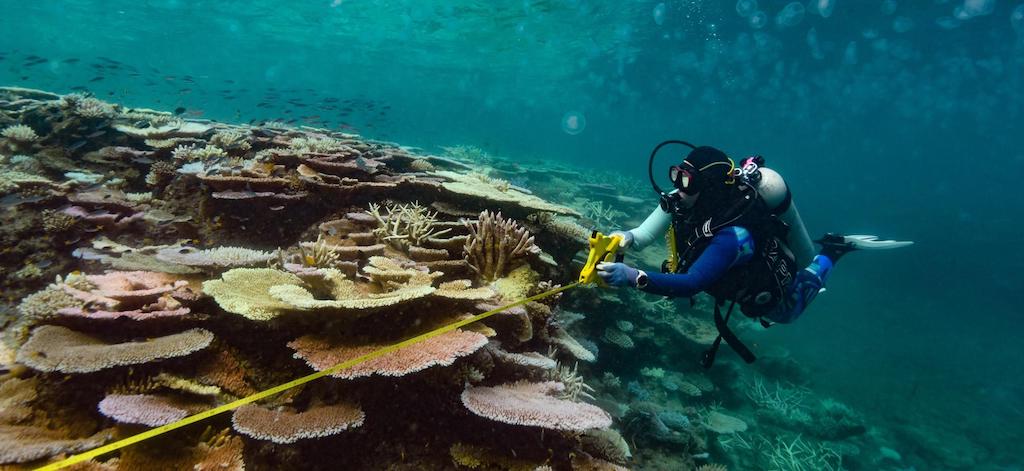
The Australian Institute of Marine Science (AIMS) has concluded its largest ever science activity on the Great Barrier Reef during a mass coral bleaching event.
Aerial surveys have documented the spatial extent and prevalence of bleaching along the length of the Great Barrier Reef, but under the surface more than 40 researchers carried out in-water surveys to assess the fine-scale effects of heat stress this summer.
The teams, working from AIMS’ two large research vessels, and other vessels on charter, surveyed tens of thousands of individual corals to determine the effects of the mass bleaching event on coral colonies across different depths and reef habitats.
Observations from the air and sea, and temperature records indicate this event, the fifth since 2016, is one of the most extensive and serious bleaching events to occur on the Reef.
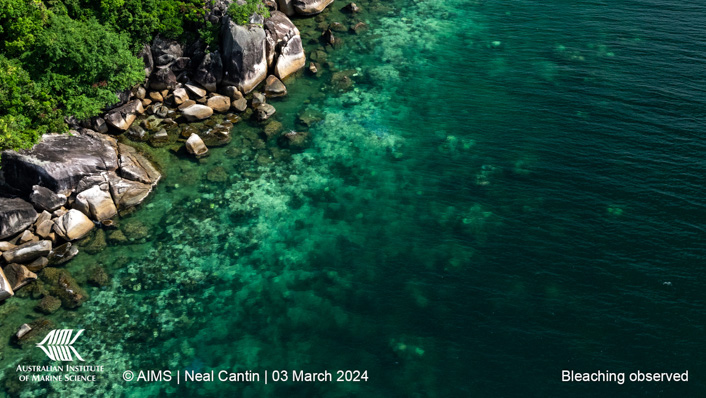
AIMS CEO Professor Selina Stead said the significant and widespread bleaching meant it would take some time to understand the full extent of the detrimental effects on the Reef; “We dedicated our effort onto the Reef during the lead-up to and peak of the 2024 mass bleaching event to understand how the Reef responds and adapts, so that we can use science to help inform future efforts to mitigate the effects of climate change.
“While AIMS surveys and sampling during the acute phase of bleaching have finished, heat stress remains across the Reef and many corals on the Reef are still bleached.”
AIMS scientists across several teams surveyed more than 40 reefs, from the Torres Strait in the north to the Capricorn-Bunker group in the south. For the first time, extreme levels of bleaching (more than 90% of coral cover bleached) have been observed in all three regions, northern, central and southern.
The science teams also conducted a range of research projects on the Reef in February and March from when heat was building, and through to when it peaked, to understand the ecological and evolutionary impacts of bleaching, and to develop new tools for reef restoration.
Professor Stead said the in-water surveys provided information on the effects of heat stress this summer — this includes the sensitivity variation among coral types, the prevalence of bleaching in different habitats and depths, and any coral mortality at the time; “While there is still much to be learned about the Great Barrier Reef, this data enables us to build the fundamental knowledge to develop end-to-end solutions in areas such as large-scale coral aquaculture and larval deployment onto coral reefs.”
The underwater surveys complement the aerial surveys, led by AIMS Senior Research Scientist Dr Neal Cantin, conducted in partnership with the Great Barrier Reef Marine Park Authority, to assess the spatial extent of bleaching on 1000 individual reefs along the length of the Great Barrier Reef and Torres Strait.
“Around three-quarters of the reefs surveyed from the air showed prevalent bleaching (more than 10% of coral cover bleached),” Dr Cantin said. “Around half the reefs have been exposed to record levels of heat stress, with ocean temperatures peaking at 2.5°C above the historical summer maximum.”
Heat stress, bleaching, and mortality would continue to occur while temperatures on the Reef remained high.
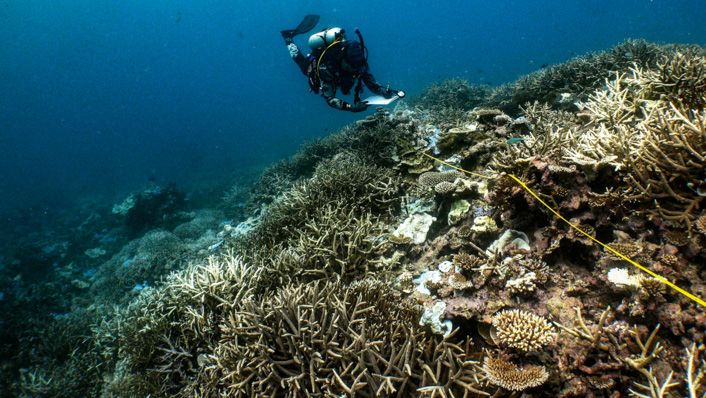
Professor Stead said follow-up surveys and genetic sampling are planned for later this year to assess the longer-term effects on coral communities, such as mortality and adaptation; “Corals can recover, but potentially they feel the effects of bleaching for some time through reduced reproduction, growth, and susceptibility to disease.
“These samples and surveys, combined with AIMS’ routine long-term monitoring surveys in 2024 and 2025, will be essential to understanding the overall outcome of this bleaching event. Our large-scale, long-term monitoring of the condition and trends on the Great Barrier Reef is critical in creating important systems thinking approaches to help enhance its resilience in a warming future.”
The 2024 Reef Snapshot has since been released to provide information on pressures affecting the Reef this summer, as well as further details on the aerial surveys. See the AIMS website for more information.



